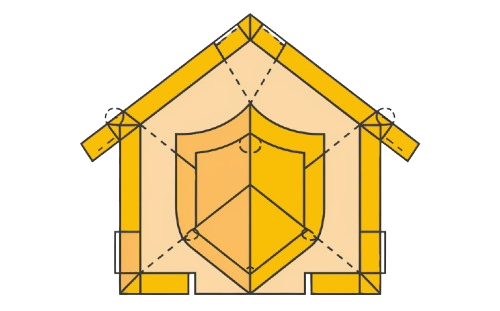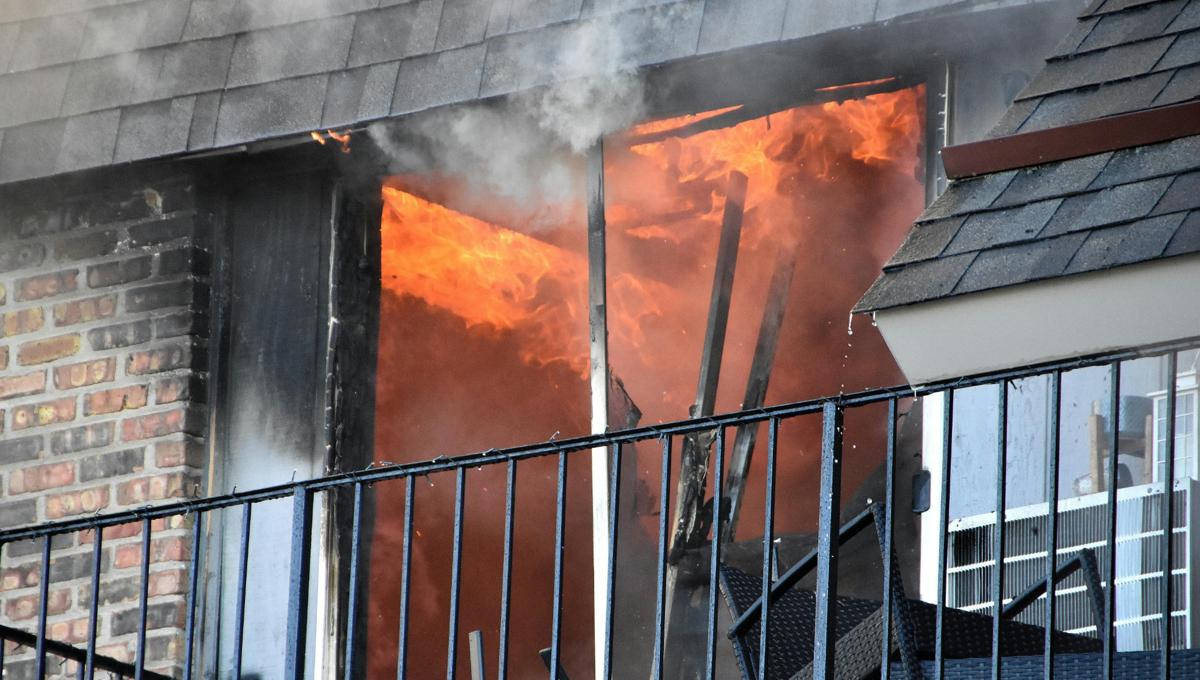When it comes to insulating your homes and buildings, spray foam insulation stands out due to its popularity and effectiveness. It offers excellent energy-saving capabilities, but there are valid concerns about its flammability. As an insulation material, it undergoes a curing process where the spraying of a mixture leads to expansion and solidification. Over time, this foam becomes hard and rigid. However, even dried spray foam insulation retains some flammable properties, which can pose potential risks. For homeowners and builders, understanding these safety concerns is a major consideration during its initial application and use.
Despite being a fire risk, spray foam insulation is not more likely to cause or contribute to a house fire than other insulation options when properly installed. Manufacturers add flame retardants during production to minimize the potential for ignition. This makes it safer to use, but the curing process and adherence to safety guidelines are essential to avoid hazards. By addressing these aspects, this article aims to explore the flammability of spray foam and provide clarity for safe applications.
Is Spray Foam Flammable?
Spray foam is a combustible material, but it is carefully tested to ensure safety in building projects. Once it dries, it presents a lower risk of fire if applied correctly and within construction codes. If you’re installing spray foam insulation yourself, it’s essential to follow fire safety guidelines and use products treated with fire retardants to meet safety regulations. During installation, contractors follow these guidelines, ensuring compliance with codes to minimize hazards. When properly used, spray foam serves as an effective insulation option without compromising safety.
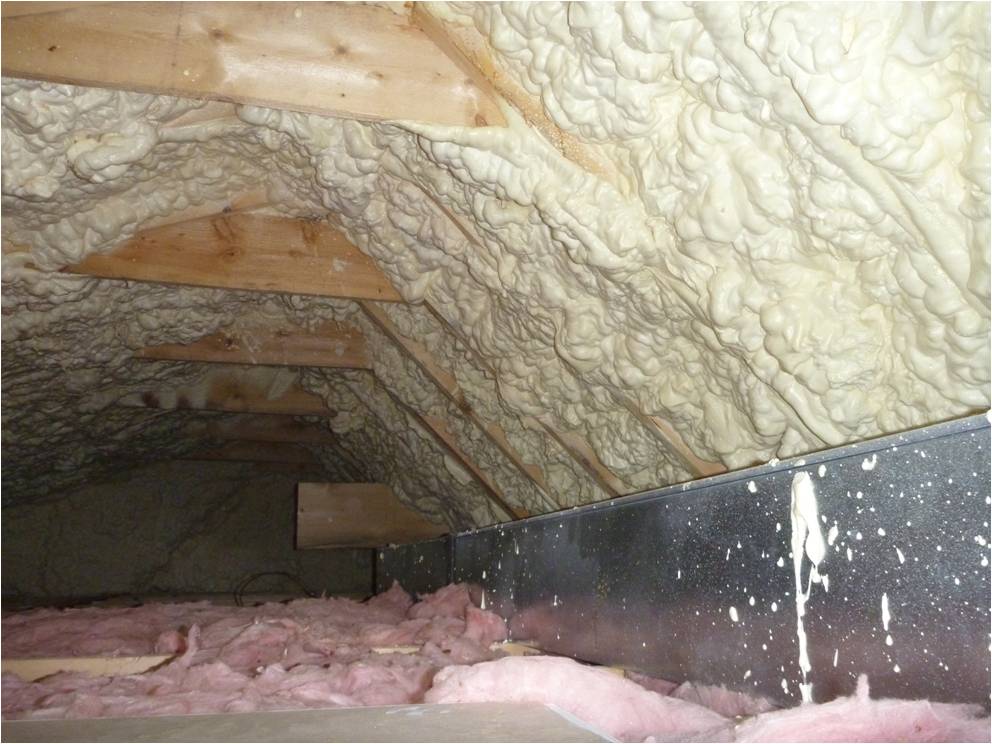
How Construction Science Helps Reduce Fire Risks
Construction science plays a vital role in helping prevent fire by using scientific methods to measure and classify materials based on their properties. This process ensures that the structures we build are safe and meet fire rating classifications, such as Class 1, Class 2, and Class 3, which are considered effective at minimizing fire risks. Materials must be up-to-code, as outlined by standards like the American Society for Testing and Materials (ASTM).
For example, tests such as ASTM E84, also known as the tunnel test, evaluate how smoke development and flame spread behave over a period of time when materials are exposed to fire. By ensuring these evaluations are followed, organizations can ensure that materials meet the required safety standards, ultimately reducing fire hazards in buildings.
Can Combustible Materials Meet Class 1 Fire Ratings?
Combustible materials, such as plastic foam, cellulose, and wood, are organic substances that can catch fire when exposed to a flame. However, these flammable building materials can still earn a Class 1 fire rating if they meet strict criteria. To achieve this, their flame spread must remain below 25, and smoke development must stay under 450 during tests. These tests are designed to evaluate fire behavior and assign an index score to materials.
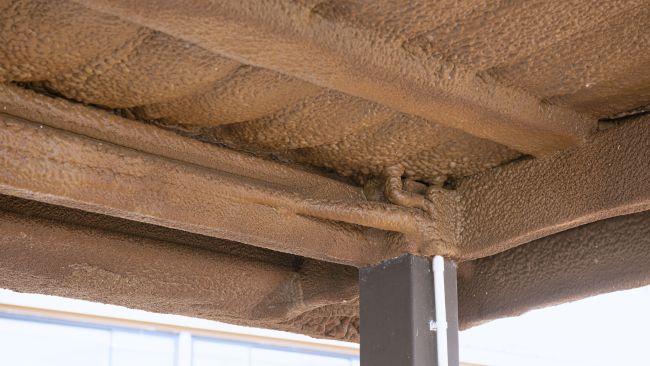
Even incombustible materials, like fiberglass, may be tested for safety due to factors such as paper backings on batt insulation, which can burn. By using ignition barriers or thermal barriers, such as those required by building codes, combustible materials can have properties that help them pass tests and improve fire safety in structures.
What Are Ignition Barriers?
Ignition barriers are essential safety measures designed to prevent insulation like spray foam from igniting when exposed to heat or fire. Closed cell spray foam often comes with a built-in ignition barrier, making it ideal for expansive applications. However, open cell spray foam requires additional coatings to meet building code specifications. These coatings can be added to ensure the insulation complies with safety standards while maintaining its effectiveness in various building environments.
What Are Thermal Barriers?
A thermal barrier is a physical layer designed to protect insulation from being exposed to a flame. For example, drywall acts as a common barrier in walls of a home, typically half-inch thick, offering about a fifteen-minute delay before it can be burned through. These barriers are often measured in terms of time and can be spray applied directly using liquid solutions with robust certifications to ensure safety.
Flammable Properties of Spray Foam Insulation
Spray foam insulation is an effective material, but its flammable properties make proper installation and use essential. Although not inherently dangerous, it has the potential to become a fire hazard if exposed to an ignition source. Following proper procedures and taking necessary safety precautions are crucial to minimize the risk of fire accidents. Adhering to local building codes and standards, along with compliance with safety regulations, ensures that the insulation performs effectively without compromising safety.
Fireproofing Insulation and Its Importance for Spray Foam
Fireproofing insulation is a concept designed to add protection and minimize the spread of fire in a building. While spray foam insulation is not entirely fireproof, it can be part of a comprehensive system when combined with other fire-resistant materials. This strategy provides additional time for occupants to evacuate, while also preserving the structural integrity of the building. By integrating fire resistance properties with proper safety regulations, the risk of accidents can be significantly reduced.
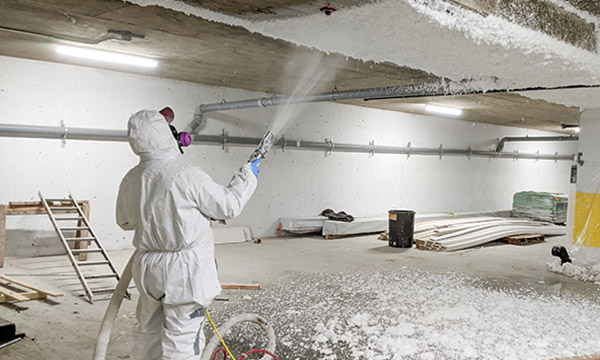
A well-thought-out fireproofing strategy ensures compliance with safety regulations and enhances overall safety. Understanding how to integrate these systems into a structure helps in complying with standards while reducing flammable risks. This approach creates a safer environment and maintains the integrity of the space during emergencies.
What Happens to Spray Foam Insulation in a Fire?
Spray foam insulation in a home is typically protected by walls or a drywall thermal barrier, which delays exposure to fire. However, since it is a combustible material, it will eventually burn if the fire is strong enough to breach the barrier. The right application of an ignition barrier can extend the time before the foam begins to catch fire from a heat source. Once the flames reach the insulation, they may extinguish on their own if the fire is controlled or put out quickly.
Spray Foam Safety Compared to Other Insulations
Spray foam insulation is no more likely to cause or contribute to a fire than other types of insulations commonly used in a home. While house fires are a tragedy no one wants to experience, choosing the right materials and understanding their potential risks is crucial. Many homes are decorated and filled with combustible materials, but the structures themselves are often engineered to help prevent such disasters. Proper building codes ensure that quality materials are assembled to minimize risks and provide peace of mind.
When building or renovating a home, it’s important to discuss topics like fire safety with contractors and professionals. They can share specific details about the space, the area’s building codes, and the specifications of materials being used. This knowledge helps ensure that spray foam and other materials are helping keep your home safe while complying with safety standards.
Final Thoughts on Spray Foam Insulation Flammability
Understanding the flammability of spray foam insulation is essential to address the risks and safety concerns associated with its use. While dried spray foam is not inherently flammable, proper installation and the use of fire-resistant materials like drywall are essential to enhance fire protection and minimize risks. Adhering to fire safety regulations and evaluating building materials can significantly improve your home’s safety.
Have concerns about the fire safety of spray foam insulation? Contact us today, and we’ll connect you with experienced professionals who can ensure your insulation is installed safely and in compliance with fire codes. Protect your home and family by taking the right safety measures!
FAQ
Is Spray Insulation Foam Flammable?
Spray insulation foam is a plastic material and can be flammable if exposed to a significant heat source. However, manufacturers treat it with flame retardants to lower the possibility of it bursting into flames, making it safer for use in buildings.
At What Temperature Will Spray Foam Insulation Ignite?
Spray foam insulation is combustible and can ignite when exposed to temperatures above 240°F (116°C). Avoid applying it near heaters, high heat lamps, recessed lighting, radiators, or fireplaces, as contact with conducting surfaces can increase fire risks.
How Do You Fireproof Spray Foam Insulation?
To fireproof spray foam insulation, a specialized fire coating or paint is applied on top when the foam remains exposed, as allowed by code. This is common in pole barns, metal garages, or similar buildings, where the coating adds a protective layer to enhance fire safety.
When Should You Not Use Spray Foam Insulation?
Spray foam insulation should not be applied directly to electrical wiring, fixtures, or recessed lighting unless they are rated for contact with insulation. Improper application can cause overheating and create a serious fire hazard.
